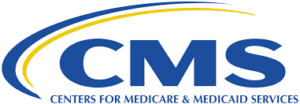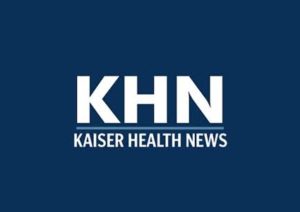MACPAC: Slow Medicaid DSH Cuts
Slow the pace of scheduled cuts in Medicaid disproportionate share hospital payments (Medicaid DSH), the non-partisan agency that advises Congress and the administration will tell Congress in its next report of policy recommendations.
The Medicaid and CHIP Payment and Access Commission voted 16-1 recently to recommend to Congress that Medicaid DSH cuts, mandated by the Affordable Care Act but delayed three times by Congress, be reduced in size and spread out over a longer period of time.
 Currently, Medicaid DSH allotments to the states are scheduled to be reduced $4 billion in FY 2020 and then $8 billion a year in FY 2021 through FY 2025. MACPAC recommends that the cuts be reduced to $2 billion in FY 2020, $4 billion in FY 2021, $6 billion in FY 2022, and $8 billion a year from FY 2023 through FY 2029.
Currently, Medicaid DSH allotments to the states are scheduled to be reduced $4 billion in FY 2020 and then $8 billion a year in FY 2021 through FY 2025. MACPAC recommends that the cuts be reduced to $2 billion in FY 2020, $4 billion in FY 2021, $6 billion in FY 2022, and $8 billion a year from FY 2023 through FY 2029.
MACPAC commissioners also voted to urge Congress to restructure the manner in which Medicaid DSH allotments to the states are calculated based on the number of low-income individuals who reside in the states.
Most Pennsylvania safety-net hospitals receive Medicaid DSH payments and consider them a vital resource in helping to underwrite the uncompensated care they provide to uninsured patients.
MACPAC is a non-partisan legislative branch agency that provides policy and data analysis and makes recommendations to Congress, the Secretary of the U.S. Department of Health and Human Services, and the states on a wide array of issues affecting Medicaid and the State Children’s Health Insurance Program.
Learn more about MACPAC’s actions on Medicaid DSH in the Fierce Healthcare article “MACPAC calls for Congress to delay cuts to safety-net hospitals.”
 According to a presentation delivered at a MACPAC meeting last week:
According to a presentation delivered at a MACPAC meeting last week: The following is MACPAC’s own summary of the sessions.
The following is MACPAC’s own summary of the sessions. While many, including members of Congress, insist that the administration cannot move forward with such a proposal without legislation, others suggest that the administration may offer states the opportunity to participate in Medicaid block grants voluntarily, by seeking a federal waiver. What remains to be seen is whether the prospect of greater flexibility to shape their own Medicaid programs is sufficient to entice states to participate in an approach that almost certainly would result in less federal money for those programs.
While many, including members of Congress, insist that the administration cannot move forward with such a proposal without legislation, others suggest that the administration may offer states the opportunity to participate in Medicaid block grants voluntarily, by seeking a federal waiver. What remains to be seen is whether the prospect of greater flexibility to shape their own Medicaid programs is sufficient to entice states to participate in an approach that almost certainly would result in less federal money for those programs. SNAP’s letter addressed three aspects of the proposed regulation: payment rate ranges, directed Medicaid payments, and Medicaid pass-through payments. The overall theme underlying SNAP’s comments was that the proposed changes represent positive steps but could be taken further to provide additional flexibility for Pennsylvania’s Medicaid program to take stronger steps to ensure the ability of Pennsylvania safety-net hospitals to serve their communities.
SNAP’s letter addressed three aspects of the proposed regulation: payment rate ranges, directed Medicaid payments, and Medicaid pass-through payments. The overall theme underlying SNAP’s comments was that the proposed changes represent positive steps but could be taken further to provide additional flexibility for Pennsylvania’s Medicaid program to take stronger steps to ensure the ability of Pennsylvania safety-net hospitals to serve their communities. While the court conceded that CMS has the authority to address 340B payments, it found that CMS’s drastic payment cuts, introduced in FY 2018, “…fundamentally altered the statutory scheme established by Congress…” for determining 340B payment rates.
While the court conceded that CMS has the authority to address 340B payments, it found that CMS’s drastic payment cuts, introduced in FY 2018, “…fundamentally altered the statutory scheme established by Congress…” for determining 340B payment rates. According to Kaiser, for-profit companies that sub-contract with Medicaid managed care organizations to review requests for services often deny care to Medicaid patients to save money for the MCOs that employ them and to benefit themselves financially.
According to Kaiser, for-profit companies that sub-contract with Medicaid managed care organizations to review requests for services often deny care to Medicaid patients to save money for the MCOs that employ them and to benefit themselves financially.
 According to the document,
According to the document,